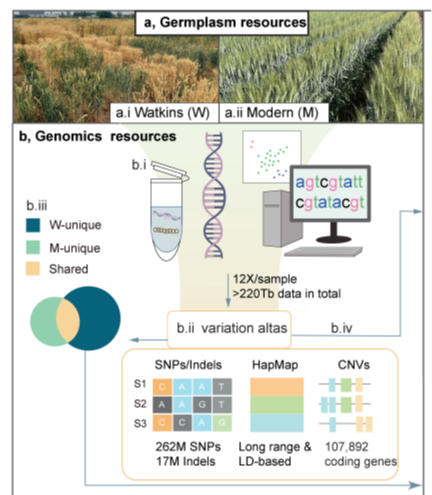
Using a historic wheat collection to revolutionize breeding
Plant Science Research WeeklyWheat (Triticum aestivum) is an important crop, making up ~20% of food consumed worldwide. As the population grows, wheat yields must increase to meet demand. To achieve this, genetically diverse wheat landraces (aka traditional varieties, which are locally adapted cultivars) can be utilized. Here, Cheng…
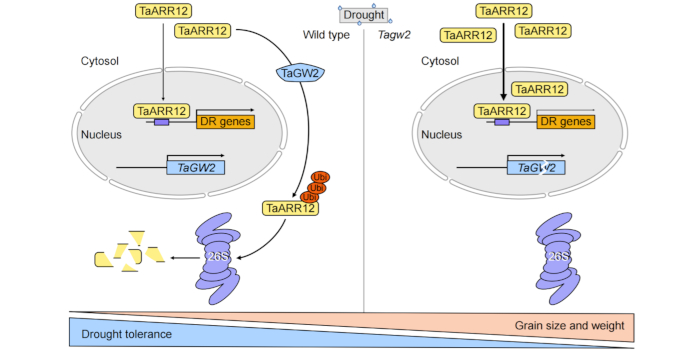
TaGW2 regulates drought tolerance in wheat
The Plant Cell: In a NutshellLi, Zhang, Liu et al. demonstrate that the E3 ligase TaGW2 enhances wheat drought tolerance by promoting the degradation of the transcription factor TaARR12.
https://doi.org/10.1093/plcell/koad307
By Shumin Li, Zhensheng Kang and Hude Mao
State Key Laboratory of Crop Stress Biology for Arid…
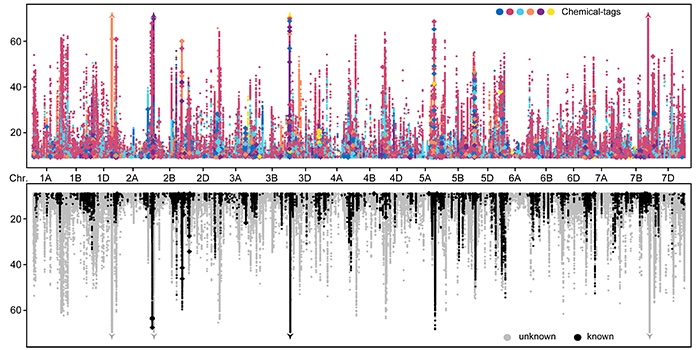
Semi-annotated metabolomics facilitates specialized metabolic gene and pathway elucidation
The Plant Cell: In a NutshellAnting Zhu et al. establish an approach to identify metabolites and their corresponding genes and pathways in wheat.
https://doi.org/10.1093/plcell/koad286
By A. Zhu, M. Liu, Z. Tian, W. Liu, W. Chen et al. National Key Laboratory of Crop Genetic Improvement and National Center of Plant Gene…
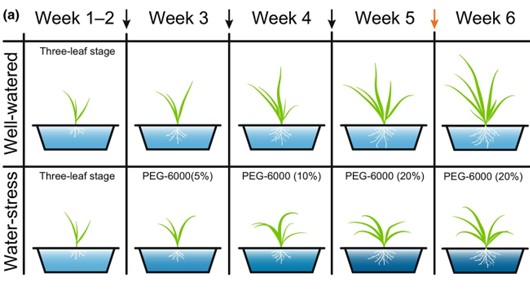
Using emmer wheat to discover genes involved in drought tolerance
Plant Science Research WeeklyWheat is a major global crop, but its yields are severely compromised by drought, thus developing varieties with a higher drought tolerance is important. Emmer wheat (Triticum turgidum) is a wheat ancestor that contains more genetic diversity than cultivated varieties, so it can be used in genome wide…

Phenotypic and genomic changes during modern wheat breeding in China and the United States
The Plant Cell: In a NutshellJianqing Niu et al. explore how modern breeding reshaped wheat phenotype and genome in China and the United States, which will facilitate breeding higher performance wheat in the future.
https://doi.org/10.1093/plcell/koad229
By Jianqing Niu and Hong-Qing Ling from Hainan Yazhou Bay Seed Laboratory…

TaGSK3 regulates the Green Revolution Protein Rht-B1b to reduce wheat plant height
The Plant Cell: In a NutshellDong, Li, et al. explore the mechanisms regulating a Green Revolution protein that acts to reduce plant height
Huixue Dong1,2,3, Danping Li1,3, Ruizhen Yang1, Lichao Zhang1, Yunwei Zhang1, Xu Liu1, Xiuying Kong1,*, and Jiaqiang Sun1,*
State Key Laboratory of Crop Gene Resources and Breeding,…
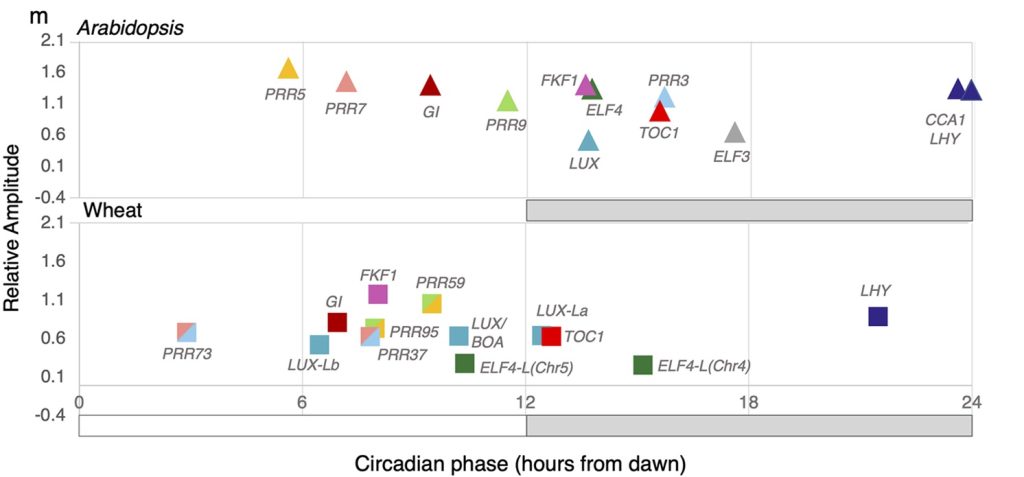
Circadian regulation of the transcriptome in a complex polyploid crop (PLoS Biol)
Plant Science Research WeeklyCircadian regulation fine-tunes patterns of gene expression in plants in changing environments and has been selected for during crop domestication. Many studies have been done on circadian gene expression in Arabidopsis, but far less is known about this regulation in hexaploid bread wheat, especially…
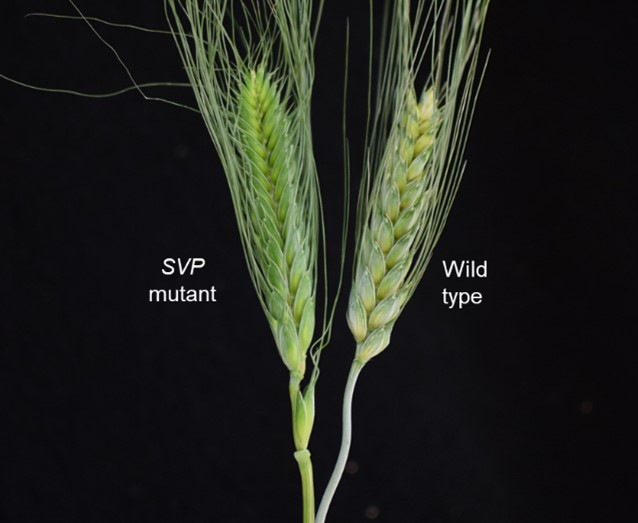
Engineering a wheat spike
The Plant Cell: In a NutshellLi et al. investigated genes regulating wheat spike development and found that SQUAMOSA and SVP genes control the development of normal spikes. Plant Cell. https://doi.org/10.1093/plcell/koab243
By Jorge Dubcovsky, Kun Li and Juan Manuel Debernardi, University of California, Davis, CA, USA
Background:…

Misexpression of a MADS-box gene results in longer glumes and grains in wheat
The Plant Cell: In a NutshellAdamski et al. reveal that the expression of a MADS-box transcription factor is the basis for a grain phenotype observed in Polish wheat. Plant Cell https://doi.org/10.1093/plcell/koab119
By Cristobal Uauy and Nikolai M Adamski
John Innes Centre, Norwich NR4 7UH, United Kingdom
Background:…

